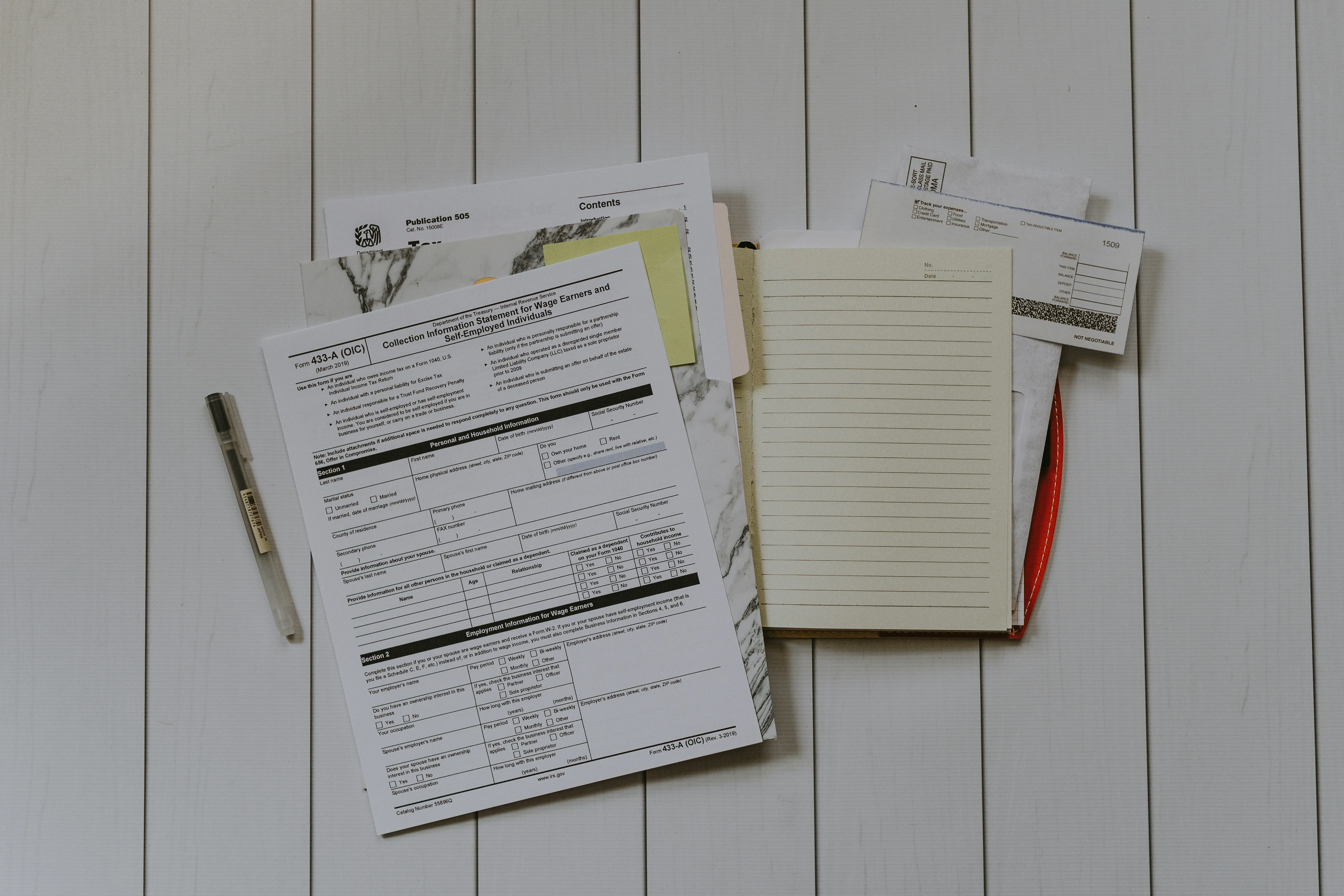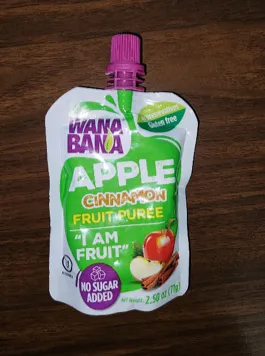Lead Abatement Costs
Lead abatement refers to the process of removing or controlling lead-based paint, dust, and soil from buildings and other surfaces to protect human health. Lead is a toxic substance that can cause a range of health problems, particularly in children, including developmental delays, behavioral disorders, and damage to the brain and nervous system. As a result, lead abatement is essential for protecting public health, particularly in older homes and buildings. The cost of lead abatement can vary widely depending on a variety of factors, including the extent of the lead contamination, the type of building, and the location of the property.
Average Costs of Lead Abatement
The average cost of lead abatement can range from a few hundred dollars to tens of thousands of dollars, depending on the scope of the work and the complexity of the project. The following are some of the most common types of lead abatement and their estimated costs:
Lead paint removal: The cost of removing lead-based paint from a home or building can vary depending on the size of the project and the extent of the contamination. On average, the cost of lead paint removal can range from $8 to $16 per square foot. For example, the cost of removing lead paint from a 1,500-square-foot home could range from $12,000 to $23,000.
Encapsulation: Encapsulation involves the use of a specialized coating or sealant to cover lead-based paint, preventing it from flaking or chipping. The cost of encapsulation can range from $3 to $6 per square foot. For a 1,500 square foot home, the cost of encapsulation could range from $4,500 to $9,000.
Soil remediation: Soil remediation involves removing contaminated soil from the property or adding a barrier to prevent lead from leaching into the soil. The cost of soil remediation can vary widely depending on the extent of the contamination and the size of the property. On average, the cost of soil remediation can range from $10,000 to $30,000.
Factors Affecting the Cost of Lead Abatement
The cost of lead abatement can vary depending on a variety of factors, including:
Extent of the contamination: The cost of lead abatement will depend on the severity of the lead contamination and the size of the area that needs to be treated.
Type of building: The cost of lead abatement can vary depending on the type of building, such as a single-family home, apartment building, or commercial property.
Location: The cost of lead abatement can vary depending on the location of the property and the cost of labor and materials in that area.
Type of abatement: The cost of lead abatement will depend on the specific type of abatement method used, such as removal, encapsulation, soil remediation, or water remediation.
Accessibility: The cost of lead abatement can also depend on how accessible the contaminated area is and whether there are any obstacles that need to be removed.
Conclusion
Lead abatement is a necessary process for protecting public health, particularly in older homes and buildings. The cost of lead abatement can vary widely depending on the extent of the contamination, the type of building, and the location of the property. Homeowners and property managers should carefully consider their options and work with a qualified lead abatement professional to determine the most effective cost.



